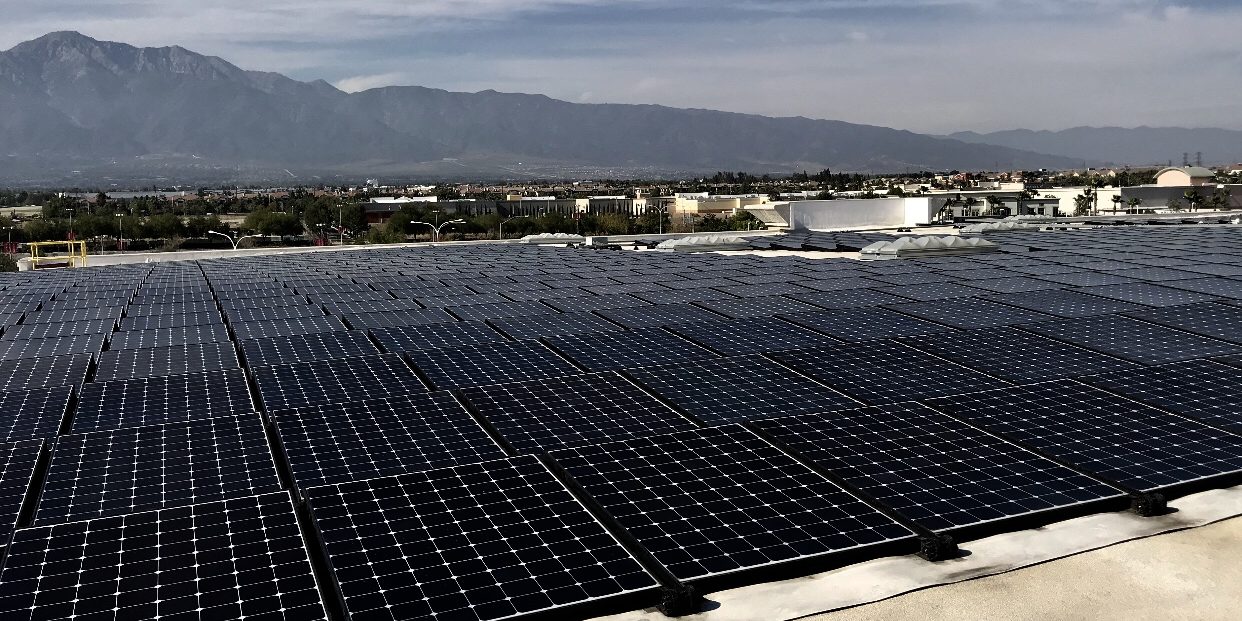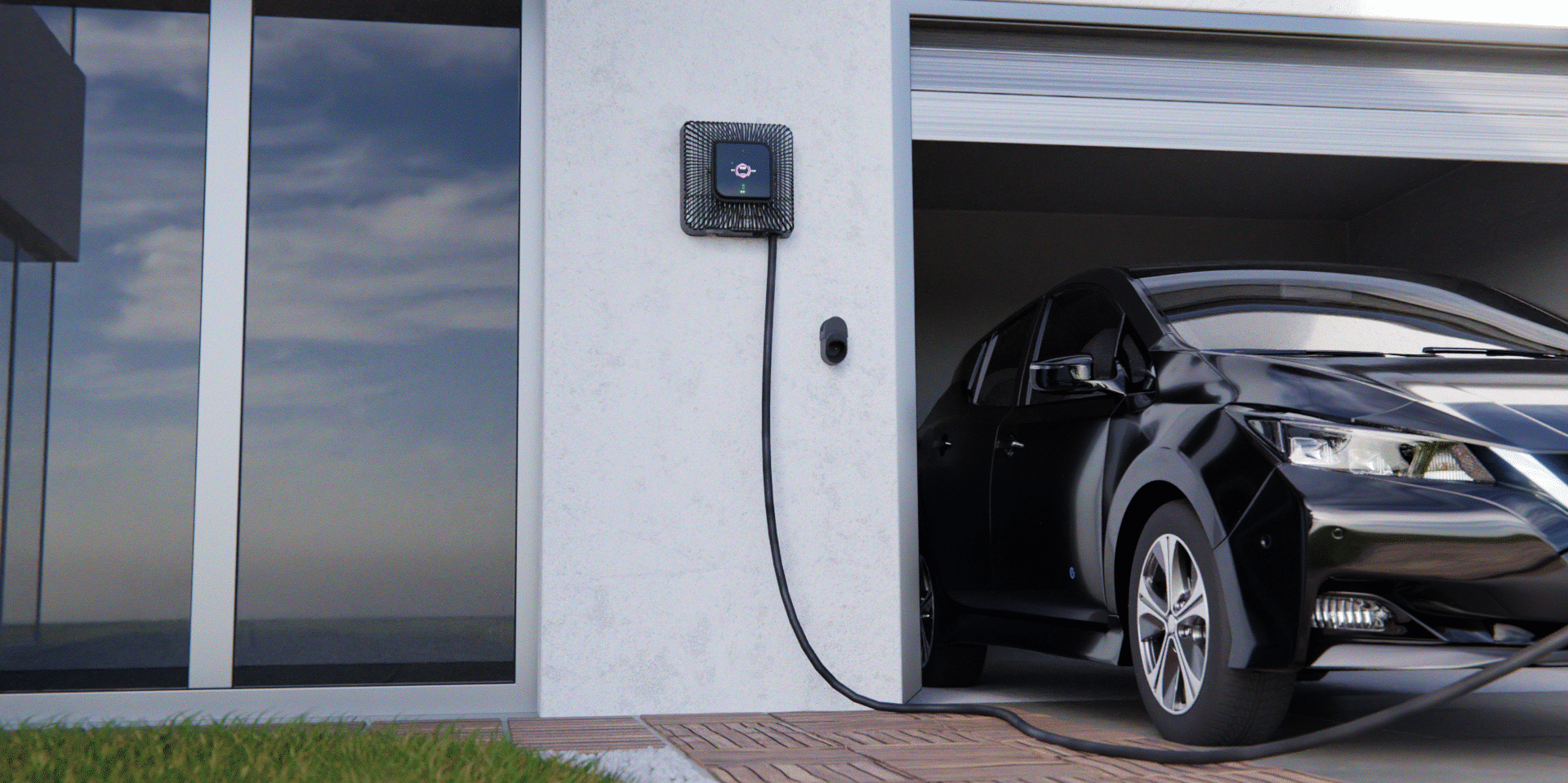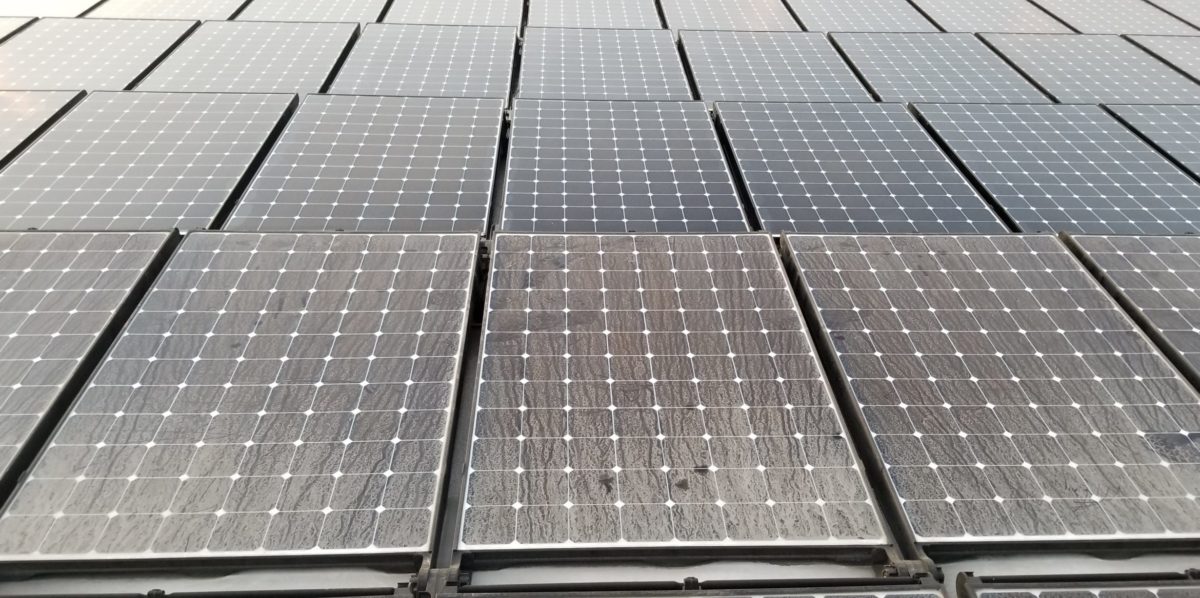Someone said hello from Instagram recently: “Hi, I’m Jose with King Window Cleaning. You told me on Instagram to send you pictures of the type of work we do, and we picked one of our biggest commercial clients. We clean over 3,400 panels every month, and we know our customers see a significant climb in their savings. We’re looking to expand our commercial solar accounts in 2020, and would love your help in generating contacts so that it can happen a little faster. We are based in, and cover, all the inland empire, but this year we’re looking to expand into the high desert and into San Diego. Thanks for the opportunity and we look to helping out any of your readers with cleaning of their commercial solar panels.” Source – King Window Cleaning

King Window Cleaning
This is such a great sales tool. REC must have absolute confidence in their product. “Product warranty: Covers panel defects, be they material flaws and assembly faults, according to the product warranty conditions and safeguards superior panel quality for 25 years. Performance warranty: Ensures that REC panels perform exactly as expected to, maintaining their premium power output every year for 25 years and is applicable to all products currently in production. Labor warranty: In the event that the panel needs to be serviced by a REC Certified Solar Professional installer, REC will pay a fix labor fee to cover the cost of repair or replacement of the panels or will refund the defective panels for 25 years for installations up to 25 kW and for 10 years for installations between 25-500 kW, subject to further conditions.” Source – REC
Your car needs to be a part of the grid, whether that grid is limited to supporting your house only, or the broader power grid to earn income. It’s kinda poetic to think that where you go, you bring your own electricity to support the local grid. Back in the day, you brought foot and drink, tomorrow – we bring energy. “Quasar is a bidirectional (electric vehicle) DC charger for homes that is expected to retail for around $4,000. Quasar’s high voltage bidirectional capability can take power from your car during an outage and send it immediately to your home in the same way a Tesla Powerwall does. Obviously the bigger the EV battery, the more energy offered. A 60+ kWh Nissan LEAF could offer the same power as four Tesla Powerwalls. That’s enough power to keep a typical home going for days. Nissan says their cars don’t allow themselves to fully discharge, so there is around 20% that is kept for driving.” Source – Electrek

I wonder what percent of homeowners that let a 3rd party finance company own the roof, do it simply to be part of “the movement” – to have a degree of energy independence? If If we can make solar power cost almost nothing when energy savings are considered, it’ll “We’ve made an update to our InstaLoan to make it more competitive. We found the the 6 month deferral was not an important factor for most customers, so we have removed it. This provides 3 very important benefits: 1. Lower interest 2. Lower payments 3. Lower sticker price. We hope that this change will help your reader’s customers go solar!”Source – Oliver Boekbinder, VP Sales and Business Development at SolRates
Hey, it does have future terrestrial application goals, but let’s be honest, I’m covering this because, you know, space. “Jinko Solar has signed MOU with Shanghai Institute of Space Power-Sources (SISP) to co-develop high efficiency solar cell technology for both space and terrestrial applications. Innovators and engineers from both sides will co-develop space-based photovoltaic cells with a more efficient, low-cost, robust silicon wafer as the supporting bottom substrate and bottom cell. This high-efficiency solar technology takes advantage of inexpensive silicon wafers. It is easy to manufacture at large scale & can achieve higher conversion rate. It has a more robust and rugged design, much lower degradation required for next-generation solar cells in space.” Source – Jinko
Module pricing took a dip, across the board instead of just poly. And poly also hit 19¢/W – that’s a cheap solar module that can be bought. If my modules only cost – say – 10¢/W, how would O&M and interconnection models change knowing new modules in five years could be had at an economic price. Finance costs on super cheap modules is a lot less in that five year period as well.
https://twitter.com/PvInfolink/status/1214861926557077505
This content is protected by copyright and may not be reused. If you want to cooperate with us and would like to reuse some of our content, please contact: editors@pv-magazine.com.









By submitting this form you agree to pv magazine using your data for the purposes of publishing your comment.
Your personal data will only be disclosed or otherwise transmitted to third parties for the purposes of spam filtering or if this is necessary for technical maintenance of the website. Any other transfer to third parties will not take place unless this is justified on the basis of applicable data protection regulations or if pv magazine is legally obliged to do so.
You may revoke this consent at any time with effect for the future, in which case your personal data will be deleted immediately. Otherwise, your data will be deleted if pv magazine has processed your request or the purpose of data storage is fulfilled.
Further information on data privacy can be found in our Data Protection Policy.